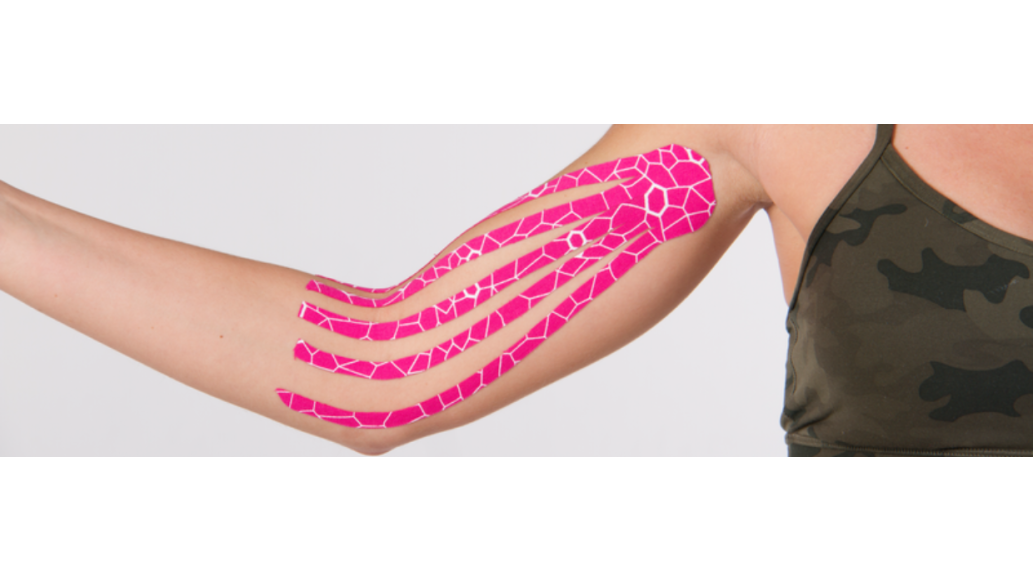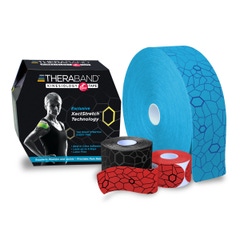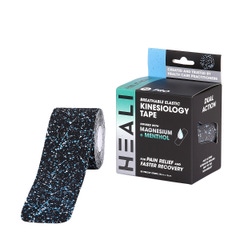Whether it’s a minor injury like a stubbed toe or something more serious like a broken elbow, swelling is a natural response in the human body. It occurs as part of the inflammatory process, where fluid and white blood cells rush to the affected area to promote healing. While swelling is a normal bodily function, it can be uncomfortable and hinder recovery.
Whether it’s a minor injury like a stubbed toe or something more serious like a broken elbow, swelling is a natural response in the human body. It occurs as part of the inflammatory process, where fluid and white blood cells rush to the affected area to promote healing. While swelling is a normal bodily function, it can be uncomfortable and hinder recovery.
The Benefits of Kinesiology Tape for Swelling
Recent studies have shown that kinesiology tape can effectively reduce swelling and promote lymphatic drainage, leading to a faster reduction of edema compared to conventional treatments. By gently lifting the skin, the tape encourages better circulation and helps remove excess fluid from the affected area. This makes it an excellent tool for managing post-injury swelling and inflammation.
As part of his Kinesiology Taping 101 Series, Dr. Phil Page demonstrates a simple yet effective taping technique to reduce swelling. (Video included below.) Grab your THERABAND Kinesiology Tape, and let’s get started!
Step-by-Step Guide: How to Apply Kinesiology Tape for Swelling
To tape for swelling in any area of the body, follow these steps:
- Prepare the Tape – Start by cutting a piece of kinesiology tape into a fan shape with multiple tails. This design helps maximize lymphatic drainage.
- Anchor the Tape – Place the base (anchor) of the tape proximal to the swollen area, ideally near a lymphatic drainage point. This will help guide fluid away from the affected site.
- Remove the Backing – Peel off the tape’s backing, stopping just before the fan tails.
- Apply the Tails – Lay the tails over the swollen area with 25% tension, ensuring that they are spread out to cover a larger surface area.
- Secure the Tape – Gently rub the tape against the skin to activate the adhesive, ensuring it stays in place for optimal effectiveness.
By following these simple steps, you can effectively use kinesiology tape to reduce swelling, promote circulation, and enhance recovery. Whether you’re recovering from an injury or managing post-exercise inflammation, kinesiology tape is a great addition to your recovery toolkit.
Don’t miss Dr. Phil Page’s demonstration of taping:
Learn more about Kinesiology taping with our article, Kinesiology Tape 101: Everything You Need to Know
Shop Recommended Products:
Medical Disclaimer: The information provided on this site, including text, graphics, images, and other material are for informational purposes only and are not intended to substitute for professional medical advice, diagnosis, or treatment. Always seek the advice of your physician or other healthcare professional with any questions or concerns you may have regarding your condition.








 France
France Australia
Australia













